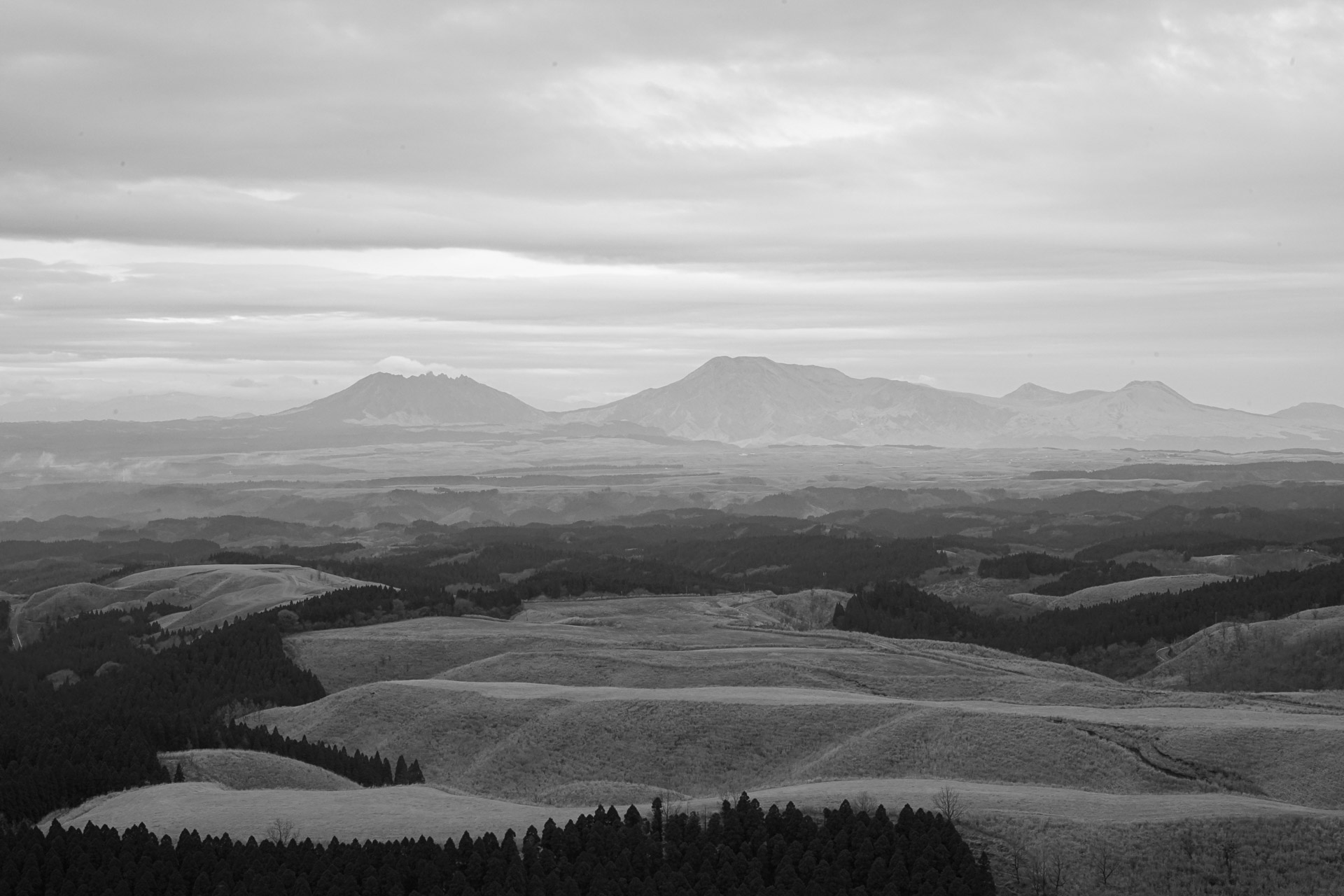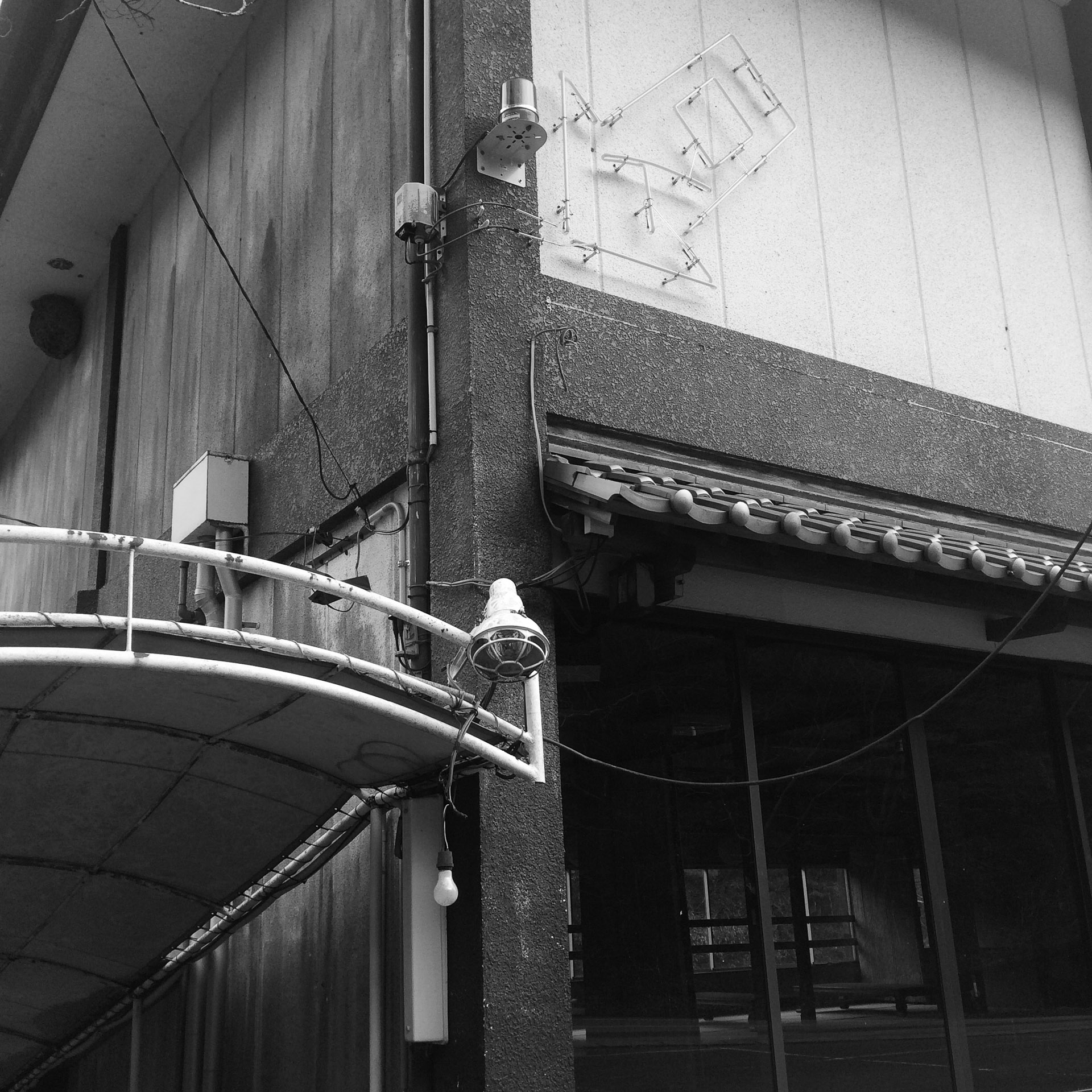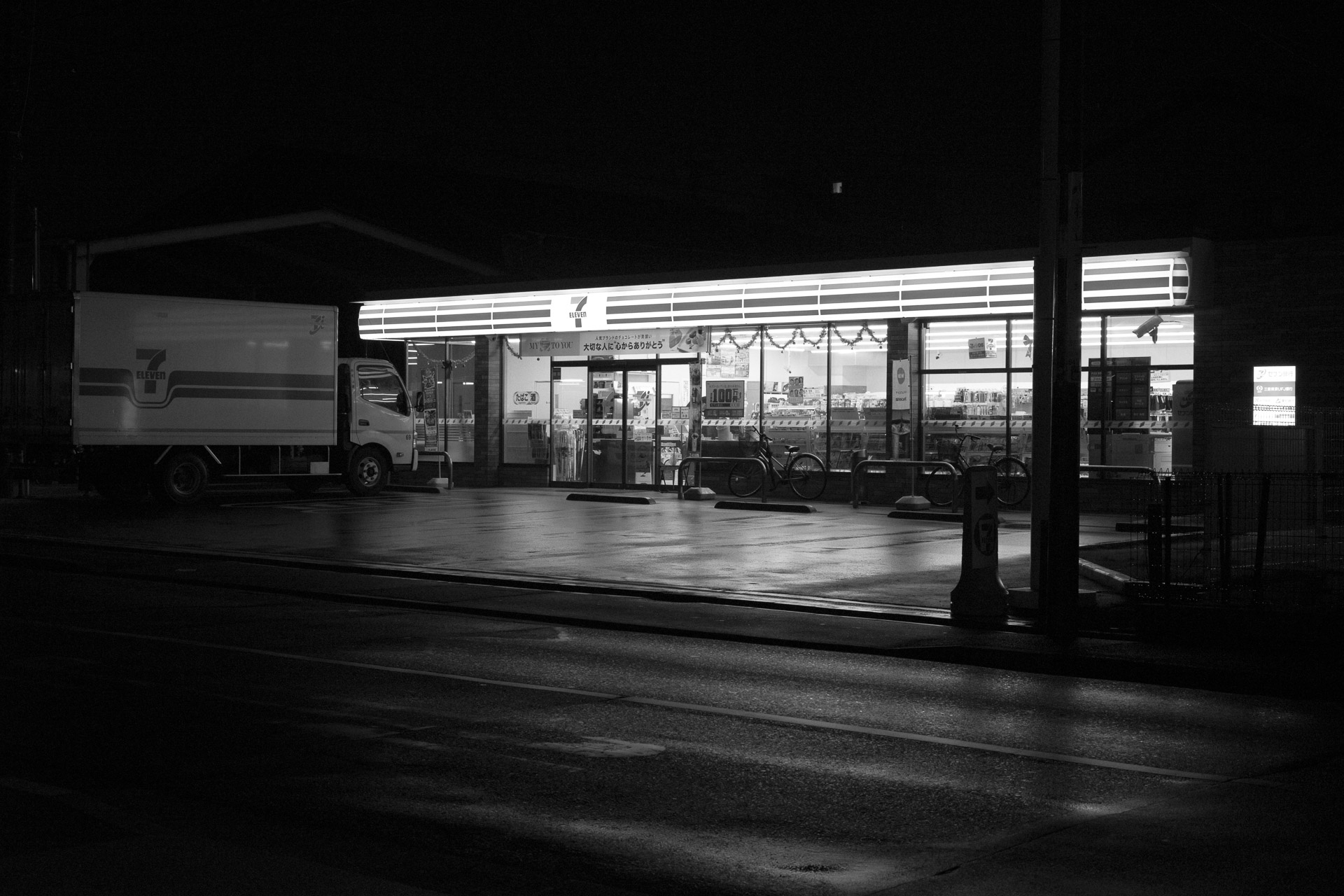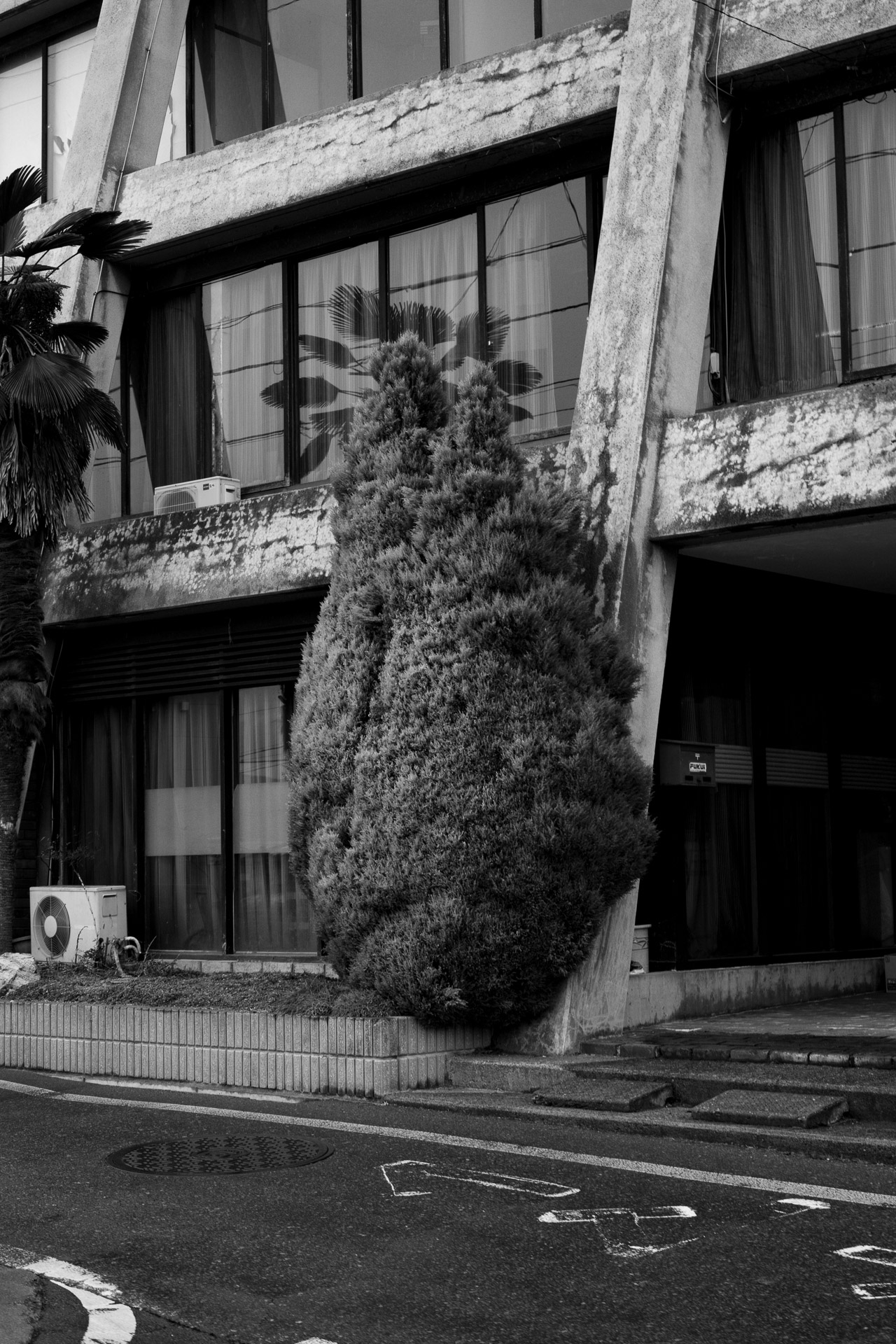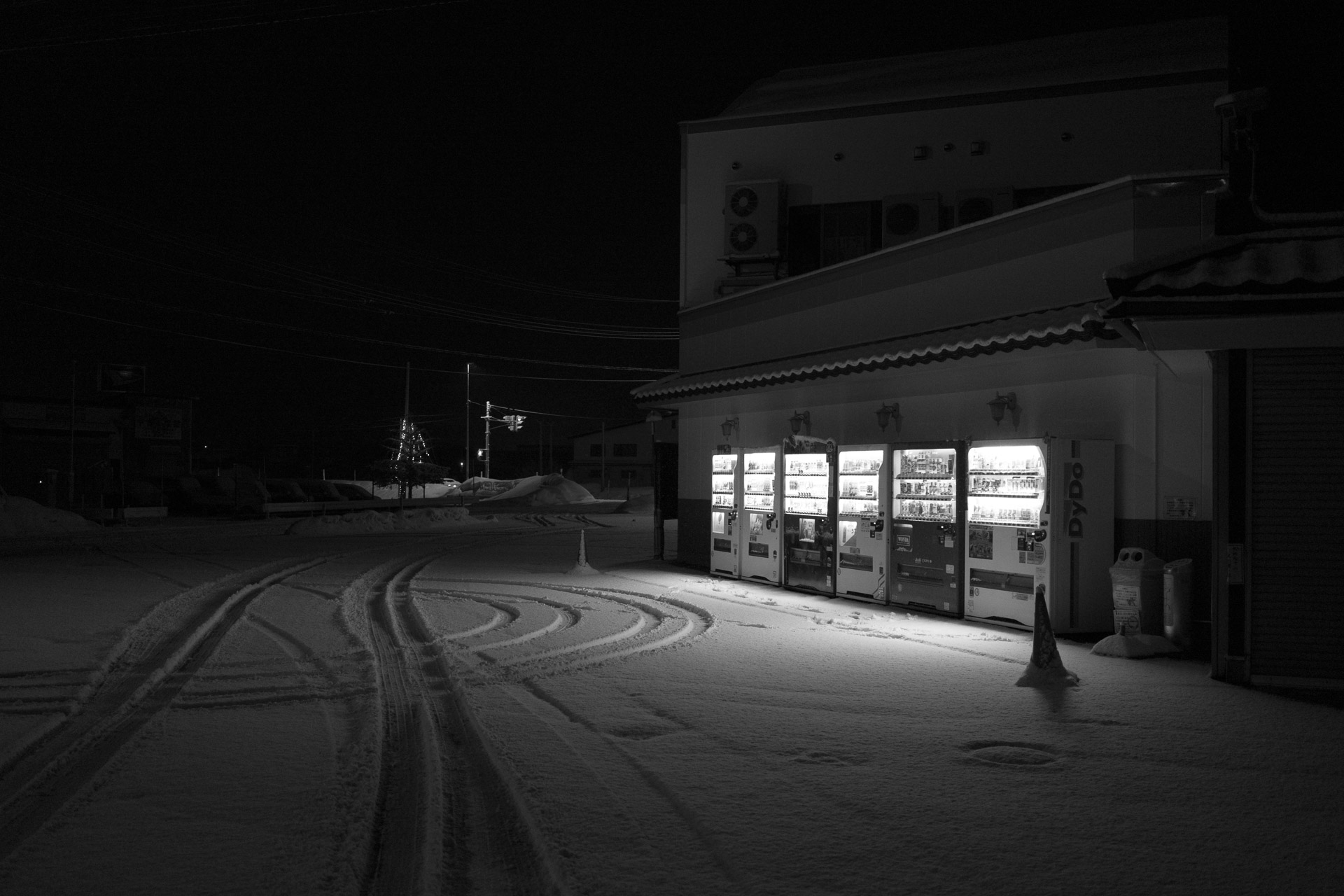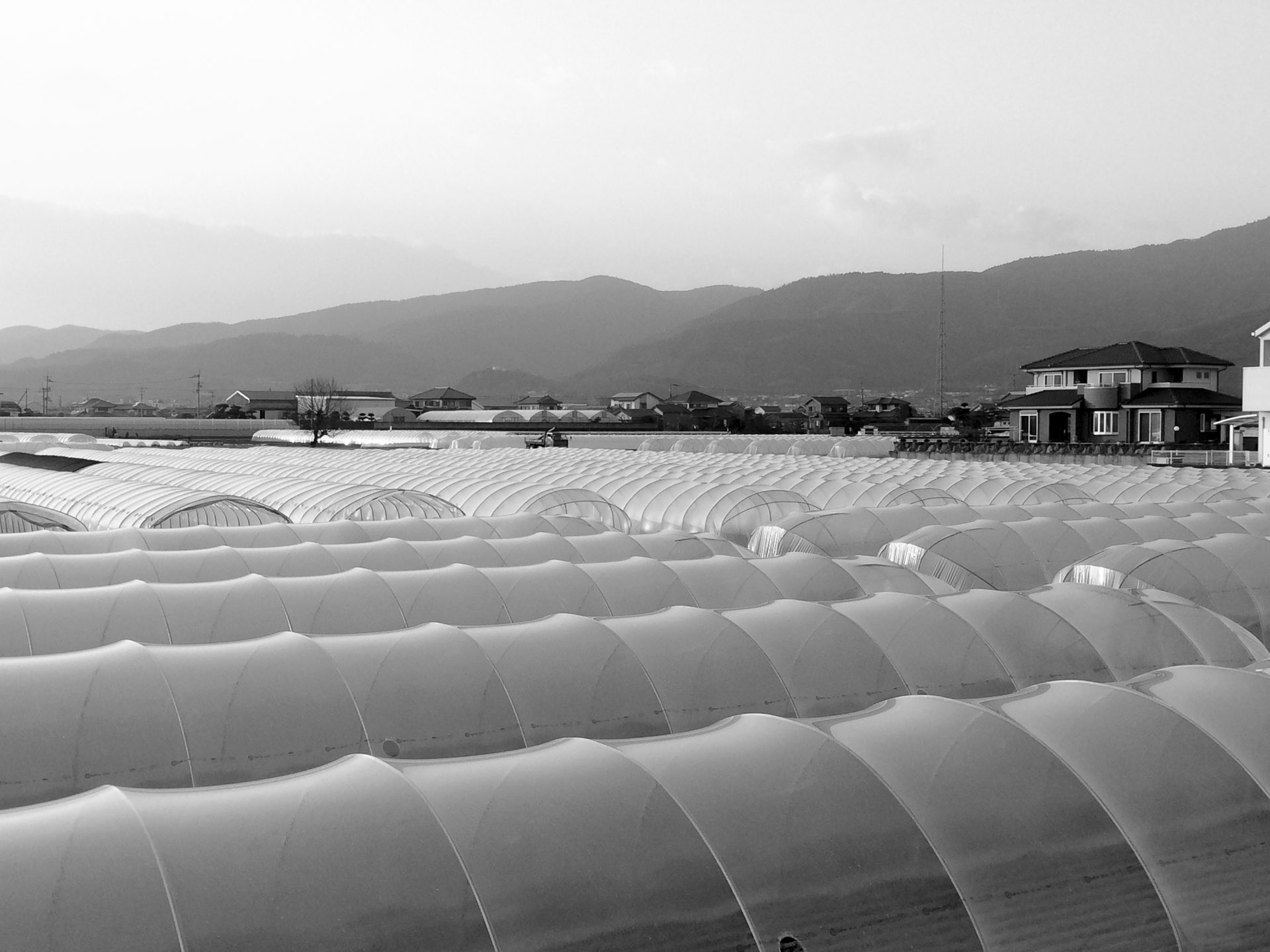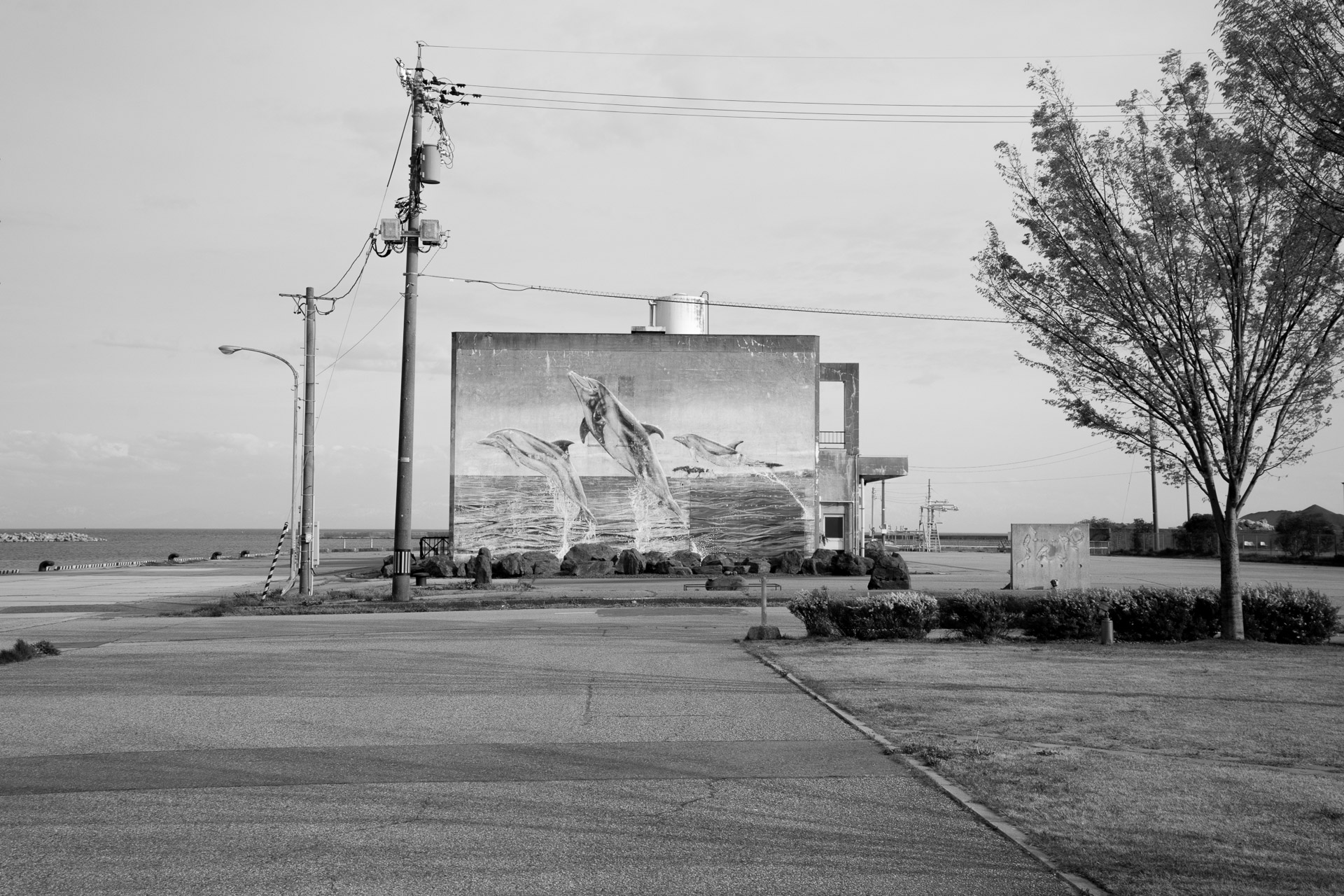About the Project
Six months in Japanese arts and crafts
On the trail of virtuoso artistry
There are many ways to approach Japanese craftsmanship. The most immediate is surely to look at and touch the objects themselves, to enjoy the food offered in them, to be enveloped by them, to meet them in Japanese baths, to feel their rough or smooth or soft surfaces. What skilled hands created these objects? Who are the women and men behind these works, how do they live and work, and what attitudes and dreams do they have?
We wanted to see the hardworking hands of an old master, his much-used tools and instruments, as well as the workshop dust illuminated in the evening sun. We wanted to see handwoven fabrics taking on an indigo colour, and the conversion of plant fibres into delicate paper. We wanted to smell freshly cut cypress wood, to feel the heat of the forge and the sharpness of the blade that arises out of it. A whole cosmos of its own.
Photographic equipment
Sony α-system with Sonnar® T*, Vario-Tessar® T* and G OSS lenses
Documentary result
Thousands of photos and numerous filmed interviews with almost all craftspeople
Trip
More than 10,000 km on the Japanese islands Honshū, Kyūshū and Shikoku
Vehicle
Our beloved ”Groovy“, a Nissan Caravan GX E25 with a nice motorhome interior
The authors
Uwe Röttgen is an independent product and graphic designer who creates and plans signage and orientation elements and systems for multinational brands and institutions.
Katharina Zettl is an independent book and graphic designer who works with publishing houses and museums in the cultural sector and designs for architectural offices in a spatial context.
Both discovered a deep admiration for the richness of Japanese culture during their travels around the country, which ultimately led to the idea of creating a book about Japanese crafts.
The intention
The most exciting perspective in the workshop of a Japanese master craftsperson is that of an apprentice: observing with curiosity and alertness in order to learn; realizing the intense concentration and care with which each individual work step is carried out; being amazed by tools and techniques, feeling deep joy in understanding correlations. As a book designer and a product designer, this is our personal view of the places where Japanese craftsmanship flourishes, which surprised and amazed us afresh with each new visit.
In our portraits we show a cross section of different attitudes and approaches within the contemporary landscape of Japanese craftsmanship, away from the craft centres such as Kyoto, Arita and Wajima, which are well known and respected in the West. The craftspeople featured in this book range from the artistically driven and unattached solo artisan to company founders with employees; from masters with apprentices to established and globally exhibiting artists; from the young collective to long-established artisan families traditionally connected to their region and renowned for the highest product quality over many generations. In addition, we are happy to introduce a family of calligraphers, who in their own way reinterpret the traditional art of calligraphy.
The route
A journey in this country, which extends over more than 3,000 km and consists of over 6,000 islands, quickly reveals just how mountainous Japan actually is. The little villages in the countless valleys are linked by a dense network of local roads. Small and large cities in the highly populated flat regions are connected by toll motorways, lined with countless tunnels and bridges.
Travelling by train and by car is fortunately relaxed, free from hectic and traffic jams. Our way led us from Noto, the peninsula northwest of the Japanese Alps, first to Nagoya and from there to the southwest end of Honshū, the largest main island of Japan. From there you can easily reach Kyūshū, the third largest main island. By ferry we went to Shikoku, the smallest of the four main islands, and later on to the Kantō region around the city of Osaka, to drive a bit north again. After another stopover in Nagoya, the journey led through the mountainous regions northwest of Tokyo to the snowy northern end of Honshū. From there we went almost directly south again to the capital Tōkyō and soon after to the Kiso region, halfway to Noto, where our journey started and ended after about six months and over 10,000 km.


